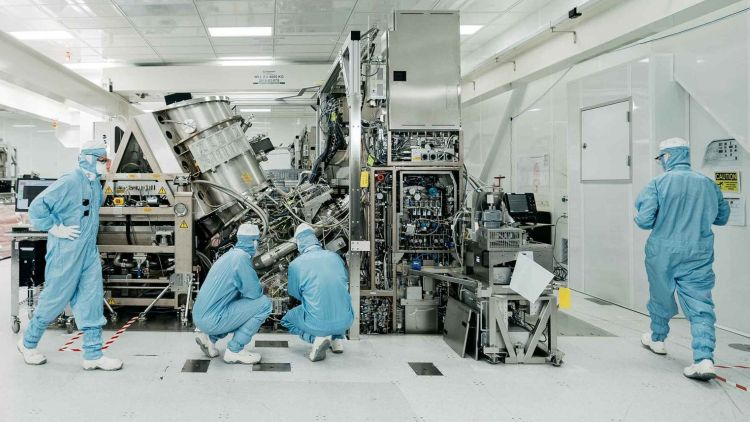At the Quarterly Reporting Conference TSMC CEO C.C. Wei shared with the audience the news of progress in mastering new lithographic standards. The original plan was for an improved version of the 3nm process, called N3E, to reach TSMC's pipeline a year after the baseline N3, but the company now expects to speed up that process implementation by two or three months.

As the head of TSMC explained, in 2023 the revenue from the sales of 3nm products will be higher than that of the 5nm process technology showed in 2020, when it was just adopted in mass production. By the end of 2023 the N3E process will begin to form up to 5-6% of the company's total revenue. Compared to the basic version of 3nm technology, it will provide increased performance, higher energy efficiency and product yield, and will also be used to manufacture both high-performance processors and mobile processors for smartphones. According to the head of TSMC the development and implementation of the N3E process technology are ahead of schedule, and mass production of components using it can be established as early as the second half of 2023.
Oversaturation of the market with components of other generations, according to TSMC, did not affect the interest of customers in the N3 and N3E technical processes. The number of digital projects using them is already more than twice as large as in the case of the N5 process technology in the first two years of its presence on the market. It is currently challenging for TSMC to equip the 3nm-oriented production lines with the necessary lithography equipment in a timely manner, as the expansion of this lithography stage is proceeding faster than expected. As always, TSMC believes in the ability of its 3nm process to offer the most compelling performance on the market.
Xi Xi Wei added that the progress with the development of the 2nm process is clear, and its implementation is actually ahead of schedule. Mass production of products using N2 technology will begin in 2025. TSMC customers are already showing interest in the N2 process comparable to the N3 and N5 regulations at their respective stages of their life cycle.







